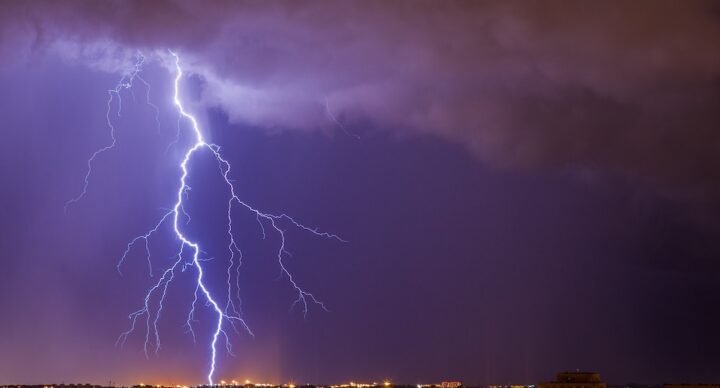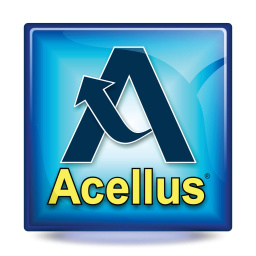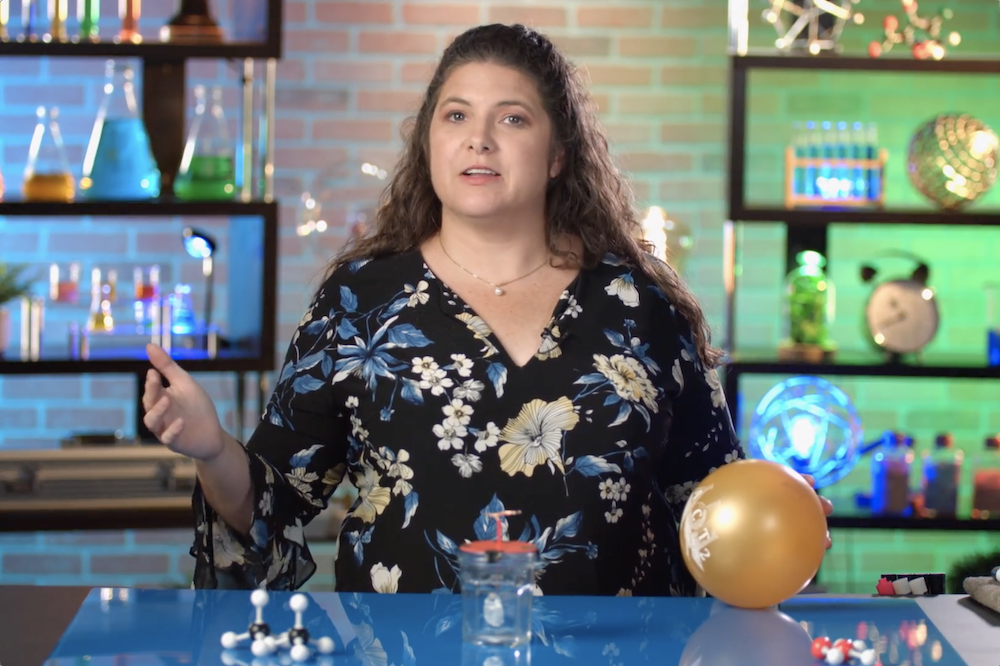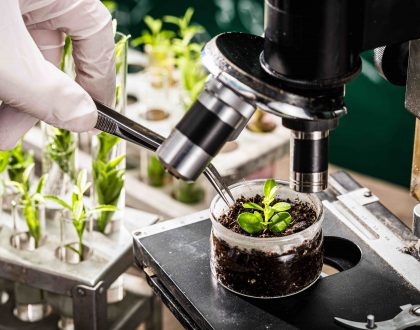Introduction to Physics and Chemistry

Course Features
Course Details
Course Overview
In this comprehensive science course, students will cover a wide range of topics related to motion, forces, energy, waves, matter, chemical reactions, and nuclear processes. They will learn to interpret motion using graphical representations, calculate forces, mass, and acceleration, and apply engineering design principles. The course will also delve into energy types, calculations, and transformations, exploring heat transfer and real-world applications. Students will study electricity, magnetism, chemical bonding, compounds, and chemical reactions, as well as explore elements and their properties on the periodic table. Additionally, they will investigate reaction rates, nuclear decays, and renewable and non-renewable energy sources with a focus on real-world implications and practical applications. Throughout the units, students will engage in critical thinking, problem-solving, and experimental design to build a comprehensive understanding of physical and chemical processes in the world around them.
Sample Lesson - Attraction Between Molecules
 This course was developed by the International Academy of Science.
Learn More
This course was developed by the International Academy of Science.
Learn More
Scope and Sequence
Unit 1: Motion This unit covers various topics related to motion representation and interpretation. Students will learn about relative motion and how objects can appear motionless or in motion depending on the observer's perspective. They will understand how to evaluate an object's distance from the origin using appropriate units. The unit will also teach students to recognize scalar and vector quantities and calculate distance and displacement. Additionally, students will be able to interpret motion using various graphical representations, such as dot graphs, number lines, data tables, and line graphs.
Unit 2: Forces This unit covers forces, their interactions between objects, and how to interpret free body diagrams. Students will analyze and make claim, evidence, and reasoning statements about force-mass and force-acceleration relationships. They will calculate force, mass, and acceleration in various scenarios and identify frictional force direction. Real-world applications include writing CER statements about objects' acceleration and determining relative weight in different gravitational environments.
Unit 3: Momentum This unit covers systems, collisions, and engineering design principles. Students will identify components of a system, calculate momentum, and predict outcomes obeying conservation of momentum. They'll study concussions, methods to reduce momentum change in collisions, and the engineering design process. This unit fosters critical thinking, problem-solving, and design skills.
Unit 4: Energy and Work This unit focuses on energy, including its types and calculations. Students will recognize energy examples and units in real-life situations, understand conservation of energy, and evaluate work done on systems. They will model conservation of energy using mathematical and graphic representations, and analyze changes in energy within systems. Overall, this unit provides a comprehensive understanding of energy principles and their practical applications.
Unit 5: Thermal Energy This unit explores heat and energy transfer, covering heat amount determination, thermal energy comparison, and energy flow direction identification. Students will study conduction, convection, and radiation as energy transfer types and recognize appropriate materials. The unit includes a solar oven engineering challenge for prototype description, evaluation, and improvement while considering constraints and scientific principles. This practical knowledge equips students to apply heat and energy concepts effectively in real-world scenarios and engineering endeavors.
Unit 6: Gravitational and Electrostatic Forces This unit covers forces and their interactions, including contact and field forces, magnetic and electric field models. Students will identify the sign of forces based on attraction or repulsion, grasp the direction of gravity, and write CERs about the effects of mass and distance on gravitational and electrostatic forces. They will understand numbers in scientific notation and use Newton's law of gravitation and Coulomb's Law equation to predict relative force energy between objects or charges. By the end of this unit, students will have a comprehensive understanding of fundamental forces and their behaviors.
Unit 7: Electricity and Electromagnetism This unit covers electricity and magnetism concepts. Students will learn about energy movement as electricity, build complete circuits, and measure voltage and current using appropriate tools. They will explore the relationship between electric current and magnetic fields, design experiments, and analyze data using CERs. Additionally, students will study electric generators, transformers, and energy changes through magnetic fields using models. By the end of this unit, students will have a comprehensive understanding of electricity, magnetism, and their practical applications.
Unit 8: Waves This unit focuses on waves and electromagnetic radiation. Students will classify waves as transverse or longitudinal, label wavelength and amplitude, and understand the relationship between wavelength and frequency. They will explore how the medium influences wave speed and wavelength, and identify an object's direction of motion through wavelength comparison. Additionally, students will recognize examples of interference in wave models, compare electromagnetic spectrum areas in frequency and wavelength, and classify electromagnetic radiation as ionizing or non-ionizing.
Unit 9: Wave Applications This unit explores the behavior of visible light and electromagnetic radiation. Students will compare light before and after reflection, as well as its movement between different mediums. They will recognize properties of electromagnetic radiation supporting both wave and particle behavior and evaluate its dual nature. Additionally, students will understand how fiber optics encode data using light waves, examine advantages and disadvantages of digital information transmission and storage, and explore real-world applications of electromagnetic waves in industry and medicine.
Unit 10: Matter This unit focuses on matter and its representations. Students will identify matter examples, select appropriate models on the bulk and particle scales, and compare atoms and molecules. They will use charge interaction models to explain bonding, select correct models for solid, liquid, and gas states, and estimate relative energy during phase changes. Students will construct CER statements about energy and matter throughout the process, gaining a comprehensive understanding of matter and its properties.
Unit 11: Atoms This unit explores elements, atoms, and atomic models. Students will recognize elements and determine their natural states, identify components inside an atom, and calculate protons, electrons, and neutrons. They will learn the Bohr model for representative group atoms, relate electron movement to emission spectra, and explore electromagnetic radiation as both a wave and a particle. The unit also covers valence electrons and the formation of cations and anions from neutral atoms.
Unit 12: Organizing the Periodic Table This unit focuses on elements and their properties. Students will identify neutral elements based on protons or filled energy levels and valence electrons. They will specify elements as metals, non-metals, or metalloids based on their position on the periodic table and locate elements in the alkali, alkaline earth, halogen, and noble gas groups. Students will understand the number of valence electrons and general properties in these groups and predict atom sizes down a group and across a period.
Unit 13: Building Bigger Part 1: Ionic Compounds and Metals This unit focuses on chemical bonding and compounds. Students will develop models representing energy changes during bond formation, predict electron gain or loss based on periodic table positions, and identify common ion charges in groups 1, 2, 16, and 17. They will choose elements to form ionic and metallic bonds, specify formulas and names for ionic compounds, and calculate molar masses. Students will also select characteristics of ionic and metallic compounds from given properties.
Unit 14: Building Bigger Part 2: Covalent Compounds This unit focuses on covalent compounds and their properties. Students will choose elements for covalent bonds, name covalent compounds from formulas, and match formulas to names. They will calculate molar masses and select characteristics of covalent compounds. Additionally, students will develop experimental designs to distinguish salt containers and identify atom attraction strengths based on properties.
Unit 15: Chemical Reactions This unit focuses on chemical reactions and their characteristics. Students will identify signs of chemical change, classify reactions as endothermic or exothermic, and evaluate energy changes. They will specify chemical equations obeying conservation of mass and predict products based on valence electrons. Students will adjust explanations with additional data, model combustion reactions, and explain reactions on the atomic level.
Unit 16: Getting the Right Recipe In this unit, students will learn about moles and their relationship to mass, atoms, and molecules. They will calculate molar mass for elements and compounds. By understanding the mole-to-mass and mole-to-atom/molecule relationships, they will interpret balanced chemical equations and identify the number of moles, atoms/molecules, or mass involved. Students will also use the coefficients of balanced equations to determine ratios and calculate the amount of product formed in moles or mass from a given number of moles of reactant.
Unit 17: Reaction Rates and Equilibrium In this unit, students will explore reaction rates and factors affecting them. They will identify the factors involved in measuring reaction rates and compare the relative rates of two experiments. Students will classify solutions as high or low concentration and understand the conditions necessary for successful chemical reactions. They will demonstrate and explain the relationship between concentration and reaction rate at the bulk and particle scale. Additionally, they will investigate the impact of temperature on reaction rate and write a CER to explain this relationship.
Unit 18: Nuclear In this unit, students will learn to identify elements based on the number of protons, isotope notation, or periodic table notation. They will also be able to determine isotope notations and nucleons for nuclear decays involving alpha particles, beta particles, and gamma rays. Students will describe the processes and characteristics of nuclear fission and fusion. They will develop models to illustrate the changes in the nucleus of the atom and the energy released during fission, fusion, and radioactive decay.
Unit 19: Energy and the Environment In this unit, students will learn to identify characteristics of renewable and non-renewable energy sources. They will explain the process of generating electricity from these sources and select components of the greenhouse effect. Students will explore examples of using coal, fossil fuels, nuclear decay, solar energy, hydroelectric and tidal power plants, wind energy, and geothermal power plants. They will also identify sources and evaluate evidence to critique the advantages and disadvantages of using these energy sources for electricity generation.





